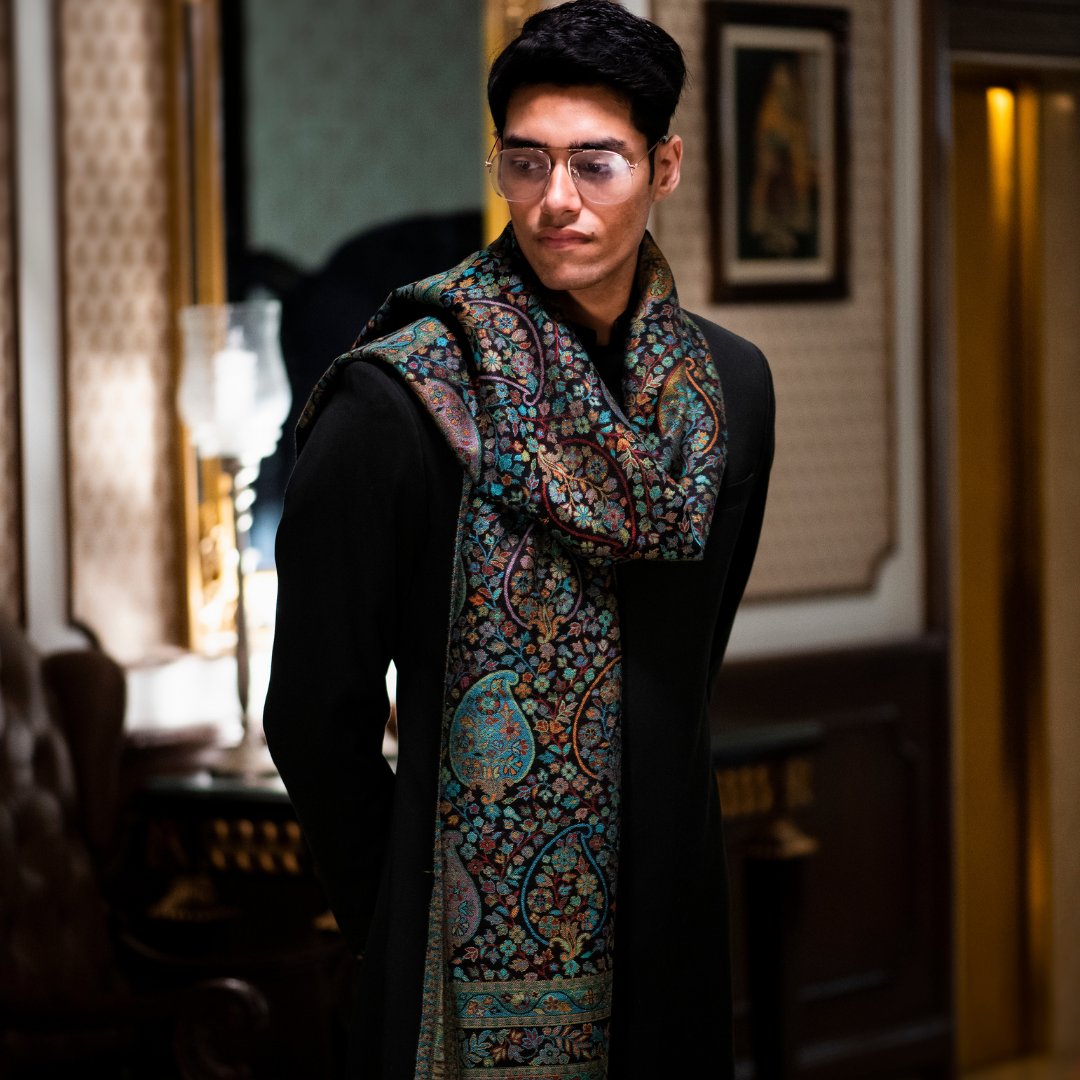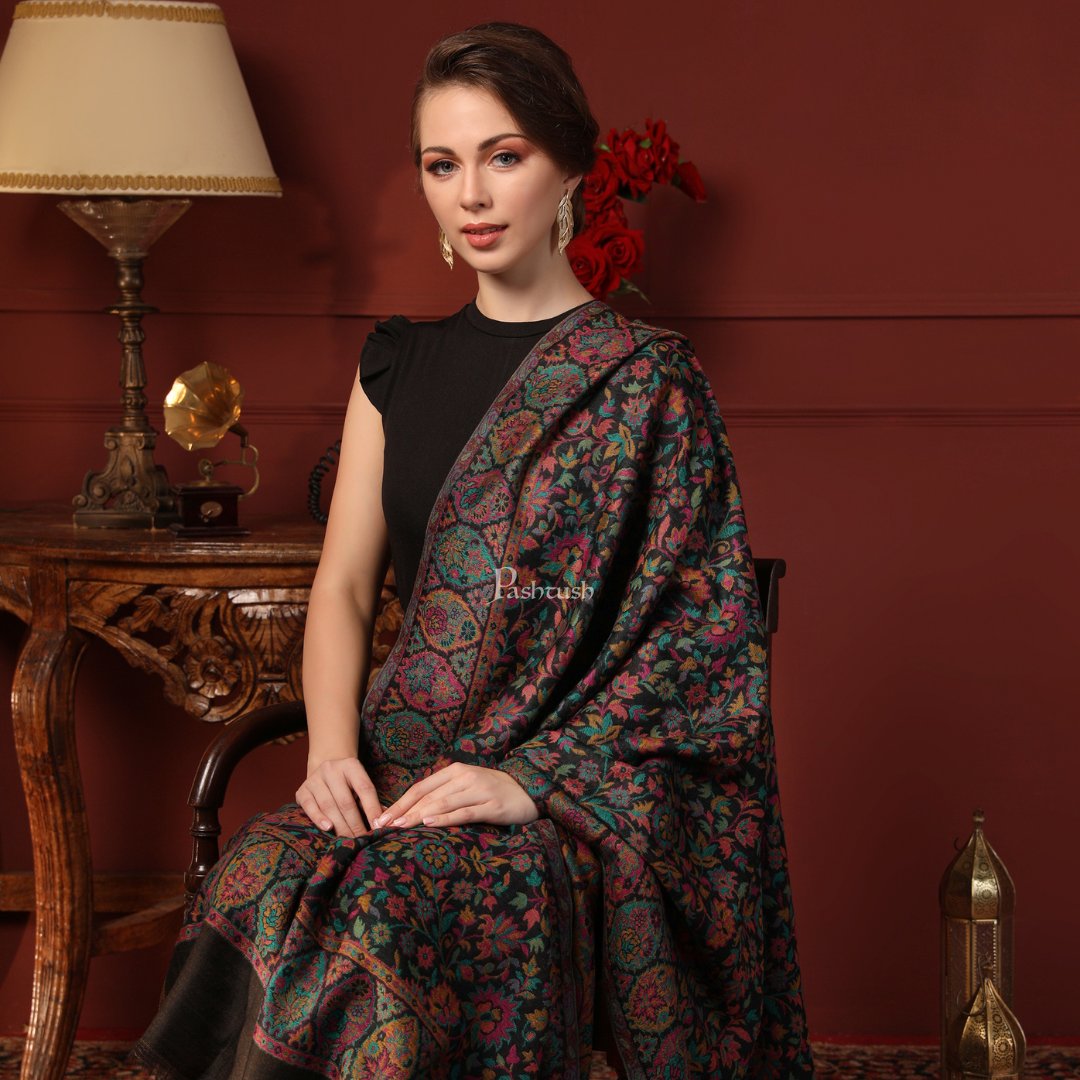Pashmina vs. Vicuna: Unveiling the Truth Behind the Hype
In the ever-evolving world of luxury fabrics, trends come and go like the seasons. One such trend that’s recently hit the spotlight is Vicuna. But when we compare it to the timeless elegance and storied heritage of Pashmina, Vicuna simply doesn’t measure up. Let’s unravel the threads and debunk the hype around these two fabric powerhouses.
1. Historical Royalty and Prestige
Pashmina, often mistaken in the West as Cashmere (a playful mispronunciation of “Kashmir,” the beautiful valley in India), has reigned supreme for centuries. It was the fabric of choice for emperors and nobility in the majestic valleys of Kashmir. Picture this: Mughal emperors like Akbar, wrapped in the sheer luxury of Pashmina shawls, their regal status glinting with every fold. Meanwhile, Vicuna’s historical roots are less illustrious. If Vicuna were truly a fabric fit for royalty, it would have adorned royal shoulders for centuries, but history has other plans.

2. Intrinsic Qualities: Fineness and Versatility
Let’s talk about the fabric itself. Pashmina’s fibers, ranging from a whisper-thin 12-15 microns, offer unparalleled softness, warmth, and a featherlight feel. This makes it perfect for a wide array of garments, from delicate shawls to luxurious coats and neckties. Vicuna, while also fine at 12-14 microns, doesn’t quite achieve the same level of finesse and versatility.
3. Rarity and Exclusivity
True Pashmina is a treasure, derived from the undercoat of the Changthangi goat found in the harsh, high altitudes of the Himalayas. This makes it as rare as it is precious. Vicuna, sourced from the South American camelid, is rare but doesn’t outshine Pashmina’s exclusivity. The scarcity of genuine Pashmina adds to its allure, making it the ultimate coveted luxury.

Portrait of pashmina shawl makers in Kashmir, 1867, Wikimedia Commons
4. Western Marketing and Monopoly
Here’s where things get crafty. The West, unable to rival the intrinsic qualities of Pashmina, has cleverly promoted Vicuna to maintain its luxury fabric monopoly. Genuine Pashmina, handwoven and impossible to mass-produce, stands as a beacon of true luxury. But the madmen in New York have thrown their marketing dollars behind Vicuna, crafting a narrative to reduce their dependency on India, Nepal, and other South Asian Pashmina producers. It’s a strategic move to shift the market’s gaze.

5. Authenticity and Cultural Significance
Pashmina is steeped in cultural heritage. The art of Pashmina weaving has been handed down through generations, each piece a testament to ancient techniques and rich traditions. Every Pashmina tells a story of craftsmanship and culture. In contrast, Vicuna, despite its luxury status, lacks this deep cultural connection. Its production is relatively modern and doesn’t carry the same historical weight.

6. Market Perception vs. Reality
The perceived superiority of Vicuna is more a triumph of marketing than a reflection of reality. Yes, Vicuna garments are luxurious, but they don’t match the warmth, softness, or versatility of Pashmina. The true royal charm is found in Pashmina, with its unmatched fineness, historical prestige, and cultural depth. In conclusion, while Vicuna might be the latest buzzword in luxury fabrics, Pashmina remains the undisputed champion. Its rich history, exceptional qualities, and cultural significance make it a true icon of luxury.
Muskan Malhotra - A Seasoned Fashion Avant-Garde, Post Graduate from Central St. Martins, University of Arts London.










Leave a comment